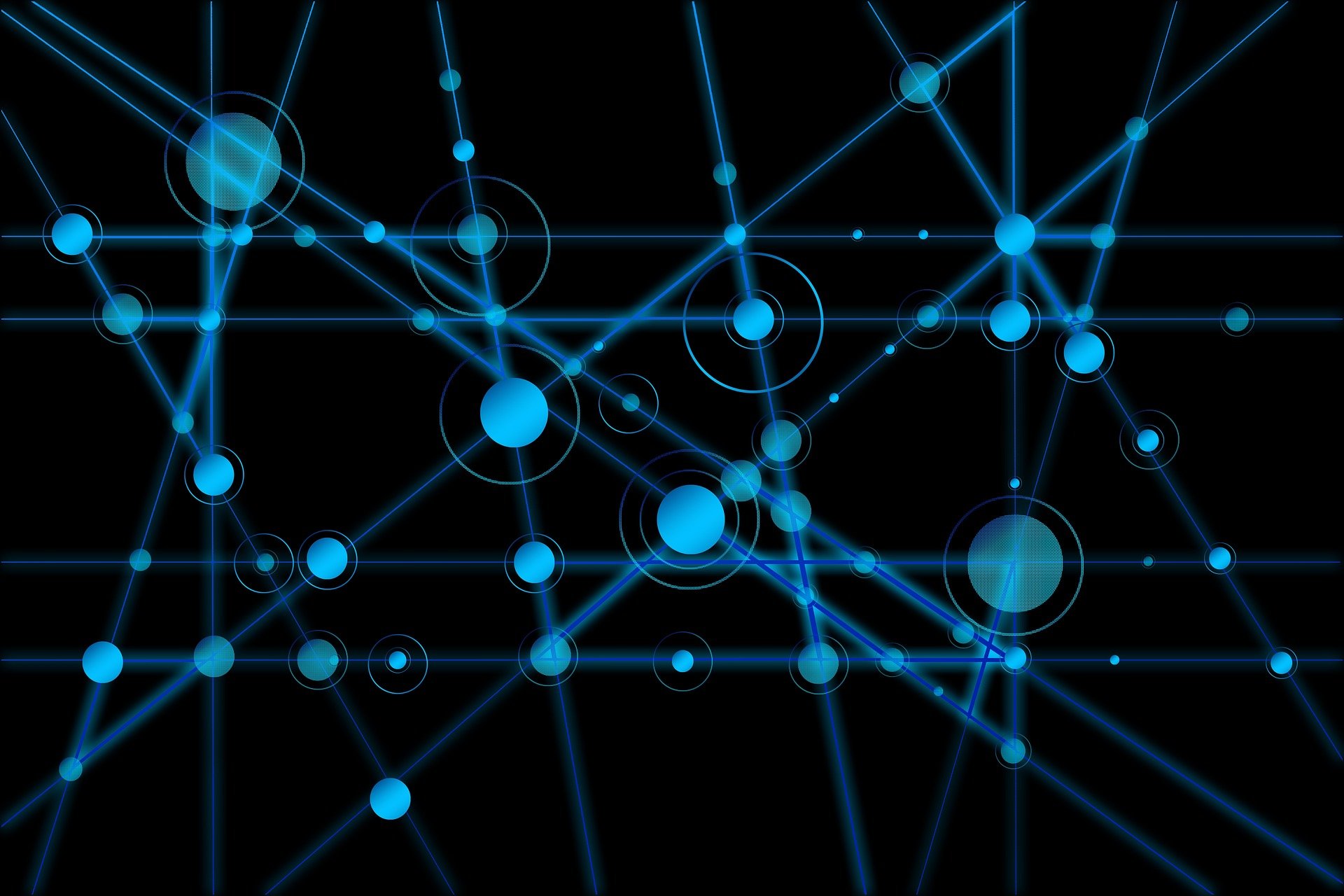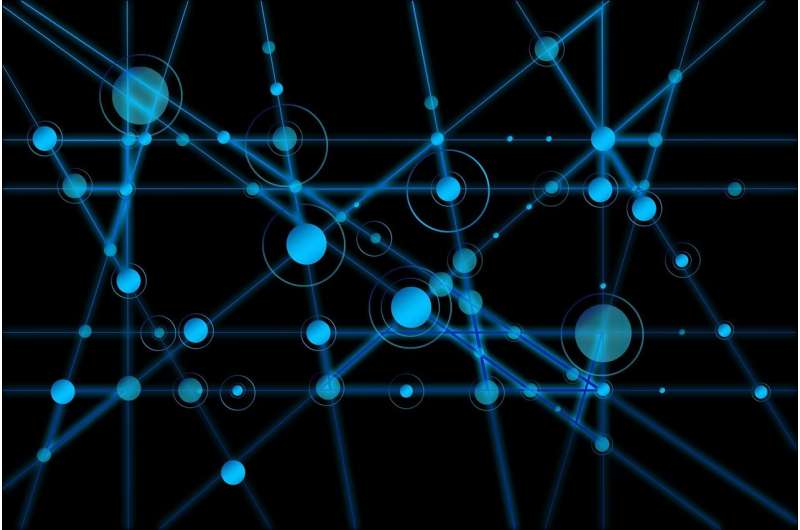

The beliefs we hold develop from a complex dance between our internal and external lives. Our personal-level cognition and our relationships with others work in concert to shape our views of the world and influence how likely we are to update those views when we encounter new information.
In the past, these two levels of belief have been studied largely in isolation: psychologists have modeled the individual-level cognitive processes while researchers in fields from computational social science to statistical physics have offered insights into how beliefs spread and change within a society.
“This disconnect when different disciplines are doing parallel work limits progress,” says Jonas Dalege, a former SFI Complexity Postdoctoral Fellow and current Marie Curie Fellow at the University of Amsterdam.
In a study published on September 19 in Psychological Review, Dalege and co-authors present the Networks of Beliefs theory, which integrates the interplay of individual- and social-level belief dynamics, and also incorporates social beliefs: how individuals perceive the beliefs of those around them.
“A crucial point about our model is that it’s about perceptions,” says Dalege, “You never actually know what a person thinks. If you identify very strongly as a Democrat, for instance, you might assume that your friends do as well. It can take a lot to shift those perceptions.”
The Networks of Beliefs theory “is the first to explicitly differentiate between personal, social, and external dissonances,” write the authors. “To fully understand when and why individuals change their beliefs, we need to understand how these dissonances together lead to different social phenomena.”
The Networks of Beliefs theory is built around three main premises.
The first is that beliefs can be represented as two interacting classes of networks: internal and external. The internal network is made up of various related beliefs—a person’s beliefs about vaccines, for instance, may be related to their beliefs about science, economics, and religion—as well as social beliefs. The external network describes how someone’s social beliefs relate to another’s actual beliefs and vice versa.
The second premise is that people want to reduce the dissonance in their beliefs, personally, socially, and externally. Someone might feel personal dissonance when they hold two conflicting beliefs—perhaps that vaccines are effective but also unsafe. Social dissonance arises when someone’s beliefs conflict with what they think people around them believe. External dissonance occurs when someone’s social beliefs—their perceptions of others—are out of sync with others’ actual beliefs.
The third premise is that the amount of dissonance a person feels depends on how much attention they pay to inconsistencies in their beliefs. This can vary widely based on personal and cultural preferences and depending on the issue at hand.
The authors then used an analogy with statistical physics to create a quantitative model of their new theory. “We map psychological concepts onto statistical physics concepts,” says SFI External Professor Henrik Olsson, a co-author on the paper and researcher at Complexity Science Hub in Austria. “We represent potential dissonance as energy and attention as temperature. This enables us to capitalize on well-known formalisms in statistical physics to model the complex dynamics of belief networks.”
The Networks of Belief theory allows researchers to model the interplay of individuals and the people around them, of perceived and actual beliefs, and of various levels of attention. And, it describes how beliefs change when we pay attention to different parts of our belief system.
“Sometimes we pay more attention to our personal dissonance and want to make sure that our beliefs are in tune with our own values,” says SFI Professor Mirta Galesic, who is also a co-author on the paper and a researcher at Complexity Science Hub. “Sometimes, maybe if we’re in a socially sensitive situation, we pay more attention to the dissonance between ours and others’ beliefs. In such situations, we might change our beliefs to conform to the perceived social pressure.”
The model, which the authors validated in two large surveys, could be applied to a variety of real-world problems. It could, for instance, offer new tools for tackling the increase in polarization around the world. “To understand and be able to do something about polarization, we have to look beyond just the individual or social answer,” says Dalege. “Partial answers can lead to dangerous policies. You might get the opposite effects of what you’re looking for.”
More information:
Networks of Beliefs: An Integrative Theory of Individual- and Social-Level Belief Dynamics, Psychological Review (2024). DOI: 10.1037/rev0000494. psycnet.apa.org/fulltext/2025-24581-001.html
Provided by
Santa Fe Institute
Citation:
Research proposes theory to model interplay of personal and social beliefs (2024, September 19)
retrieved 19 September 2024
from https://phys.org/news/2024-09-theory-interplay-personal-social-beliefs.html
This document is subject to copyright. Apart from any fair dealing for the purpose of private study or research, no
part may be reproduced without the written permission. The content is provided for information purposes only.